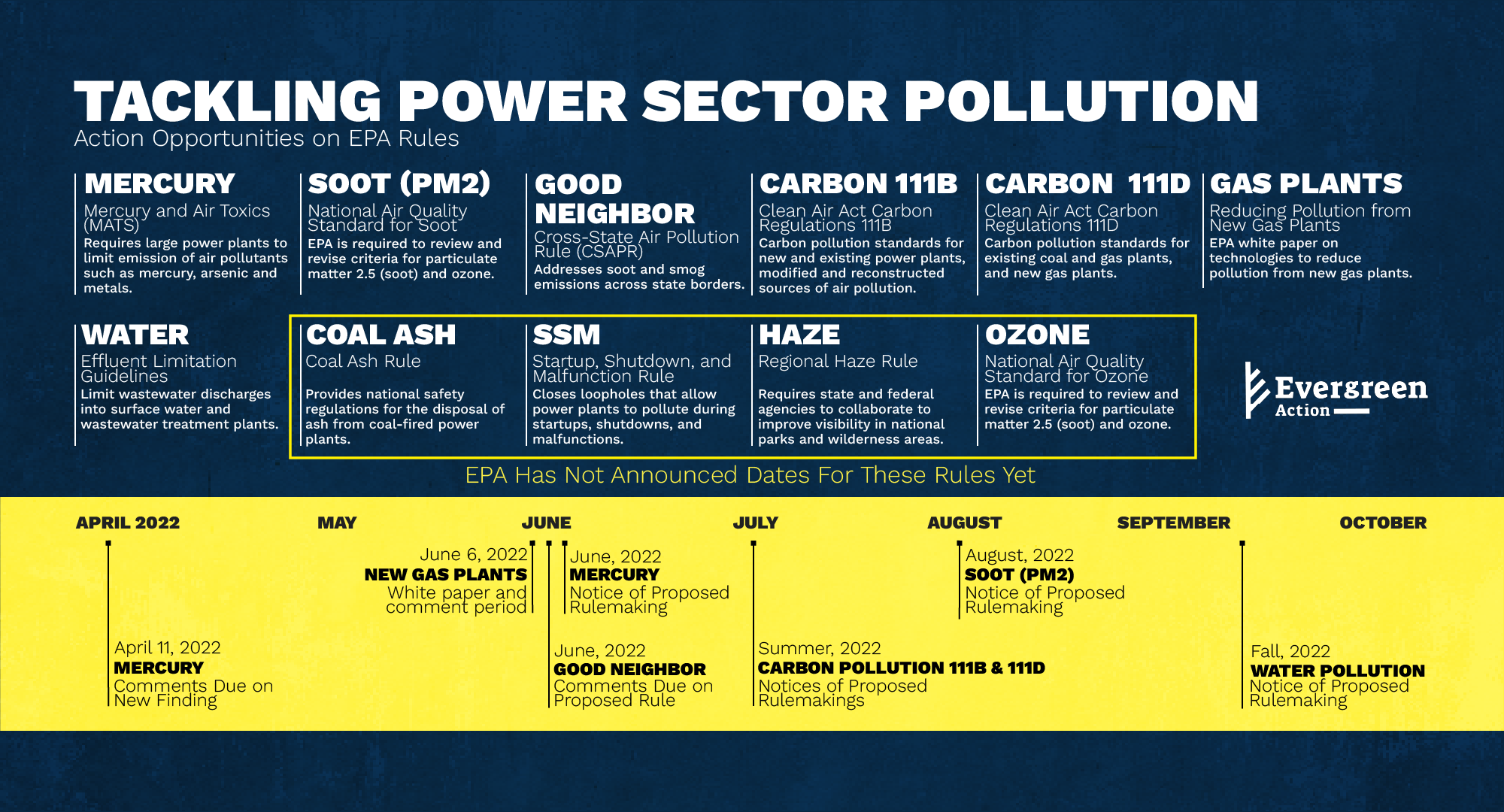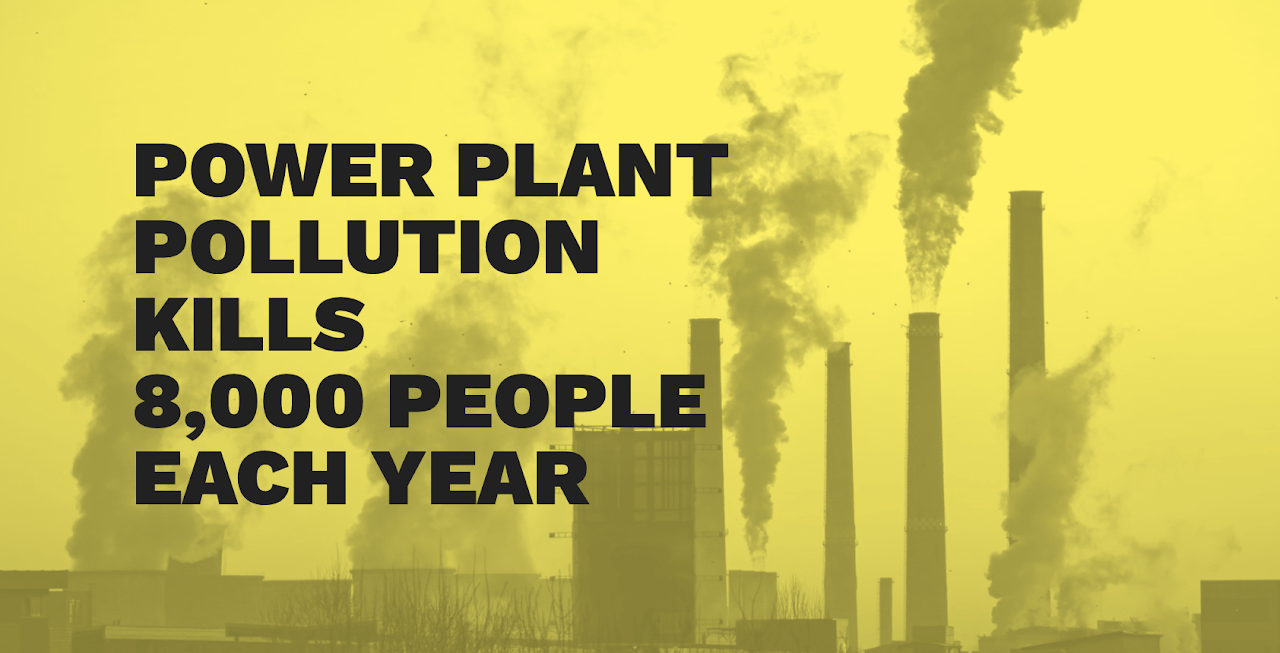Directly Addressing Carbon Pollution
Tackling Carbon Pollution
Administrator Regan has also committed to using the agency’s authority to directly tackle carbon pollution from the power sector as part of its comprehensive strategy. These safeguards must address carbon pollution from both new and existing power plants, using authority under sections 111 (b) and (d) of the CAA. These rules must address pollution from both coal and fossil gas plants. To inform this effort, EPA recently published a white paper exploring various technologies that industry can use to limit pollution from new gas plants. This is an important first step in crafting standards to directly address carbon pollution from these sources, and we are eager to see EPA move forward quickly with promulgating these standards. EPA is accepting comments on this white paper until June 6th and we encourage advocates to weigh in in support of agency action to dramatically reduce carbon pollution from all power plants.
More Action Needed
We are eager to see the administration continue making progress on several additional safeguards, as well. Clear forward movement on each of these standards is needed to ensure the administration is able to deliver on its comprehensive pollution agenda.
Smog - National Ambient Air Quality Standards for Ozone
As outlined above, the CAA gives the EPA the authority to set national levels for key pollutants found in our atmosphere—and these standards must be updated regularly to reflect changing science and conditions. The EPA can and must update the national standard for ozone, in addition to the progress being made on the soot standard outlined above. Ozone is dangerous to breathe in and even short-term exposure to elevated levels has been linked to serious respiratory health effects, including increased asthma medication use by children and respirator-related hospital admissions for vulnerable populations.
This critical public health standard limiting ozone pollution has not been updated since 2015. In 2020, the Trump Administration declined to update the standard, opting instead to “retain” the old standard. And while it is encouraging that the Biden administration has announced it will review the Trump administration’s decision, we urge the EPA to move quickly to update all necessary scientific and technical reviews to enable them to update and strengthen this standard well before the end of Biden’s first term.
Closing Loopholes During Startups, Shutdowns, and Malfunctions
Early on, the EPA realized that excessive emissions are produced during the startup, shutdown, and malfunction of power plants, impacting the ability of states to comply with air quality standards. The EPA under the Obama administration attempted to close this loophole by instituting the Startup, Shutdown, and Malfunction (SSM) rule, which considered excess emissions during these periods to be a violation of state emissions limits. The SSM rule makes power plants use up-to-date emissions control technologies and maintain their operations in good repair to avoid unnecessary emissions.
But in practice, states have continued to pollute beyond their emissions limits because of exemptions to the SSM rule, one of which is called the emergency affirmative defense provision. This “emergency” provision allows states to avoid compliance with the SSM rule as long as they claim an emergency happened—which they do, all too frequently. Thankfully the EPA recognizes that states have abused this loophole, and it plans to remove the emergency provision from regulations. This will ensure that power plants don't use outdated loopholes to burden communities with the pollution that they can prevent. But even without the emergency provision, further action is needed to strengthen the SSM rule to ensure that all state compliance plans address excessive emissions associated with SSM.





